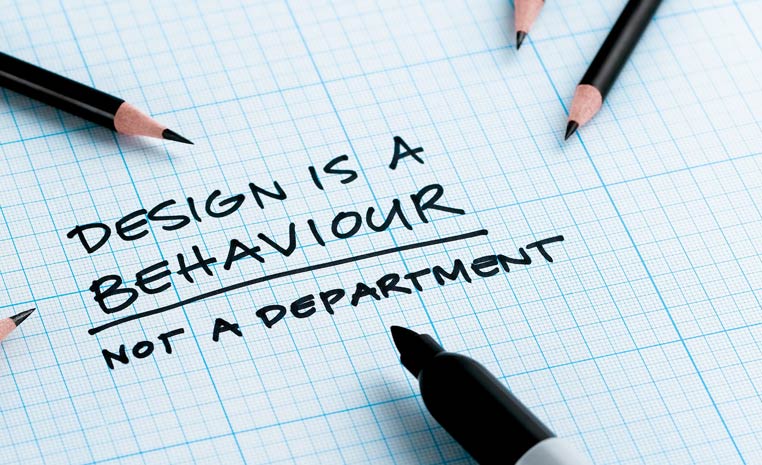Web usability is about designing your web site so that users can achieve their desired goal quickly and easily. Taking time out during development to make sure your site meets usability standards can have a huge benefit to your business.
“A web usability redesign can increase the sales/conversion rate by 100%â€
– Jakob Nielson
Designers and developers must make sure they spend adequate time planning the flow of information by firstly identifying the needs of their intended users, then creating a path for site visitors to follow, which firstly, addresses a users initial concerns, then gradually takes then towards achieving their goals. This is achieved by understanding the goal the goals of you target users and then identifying the information your site needs to provide.
There are millions of web sites all competing for the same space, so it is important that you get the right information across a quickly as possible. It has never been easier for users to find a competitors web site, which may do a better job than yours. It is important that you meet the immediate needs of your site visitors as this the fundamental principle behind good web design.
Web designer must realise that if a web site is hard to use or hard to read, users will leave the site. This is because most users simply do not want to spend a large amount of time trying to figure out how to use a site as there are plenty of other sites to choose from.
Definition of Usability
- Easy to learn
- Efficient to use
- Easy to recover from errors
- Easy to remember
Navigation (Breadcrumb Trail)
Site navigation is crucial as users must know where they are and where they are going at all times. The easiest way to achieve this is to follow certain site convention, layouts and phrases (i.e. company logo should be in the top left corner with a link back to the home page, ‘about us’ links should display organisational information, shopping cart or basket should refer to items a user wishes to purchase etc).
These conventions must not be adhered to whenever possible as users have become accustomed to them. Developers and designer must use this to their advantage because sticking to them can increase the usability of the site.
Download Speeds
How many times have you exited a web page because it has taken too long to download? As broadband speeds get faster users are becoming increasingly impatient when it comes to page download time. On average users are prepared to wait 8.6 seconds, so it is important that you pay attention to this. There is no use having a fancy web site with high resolution images if users aren’t prepared to wait long enough to see them.
Faster page download speeds can be achieved by using CSS instead of images, placing CSS code in a separate file and using Unobtrusive JavaScript.
Usability Testing
Many web designers fail to complete adequate usability testing due to time and budget constraints. They fail to realise that a usable web site or CMS will eliminate a lot of time spent providing technical support. It is crucial that designers and developers know that the adoption of usability testing will eventually pay for itself many times over.
The key is to start usability testing early and to involve your target demographic. If possible, use five people to complete these tests as this has been known to uncover as much as 85% of usability issues.
Conclusion
Usability is a hugely neglected area of web development and is an issue that needs to be addressed. We must always remember that users always come first and that if you make the user your priority then they will reward you with their loyalty.
It is not good enough using programmers and designers to do the testing either, as IT professionals do not think like the average web user. The best way to complete thorough testing is use candidate that are similar to your target audience.
Usability is an incredibly valuable tool that can save an organisation a lot of money, improve their competitive position and customer loyalty. It’s never too late, so start today.





